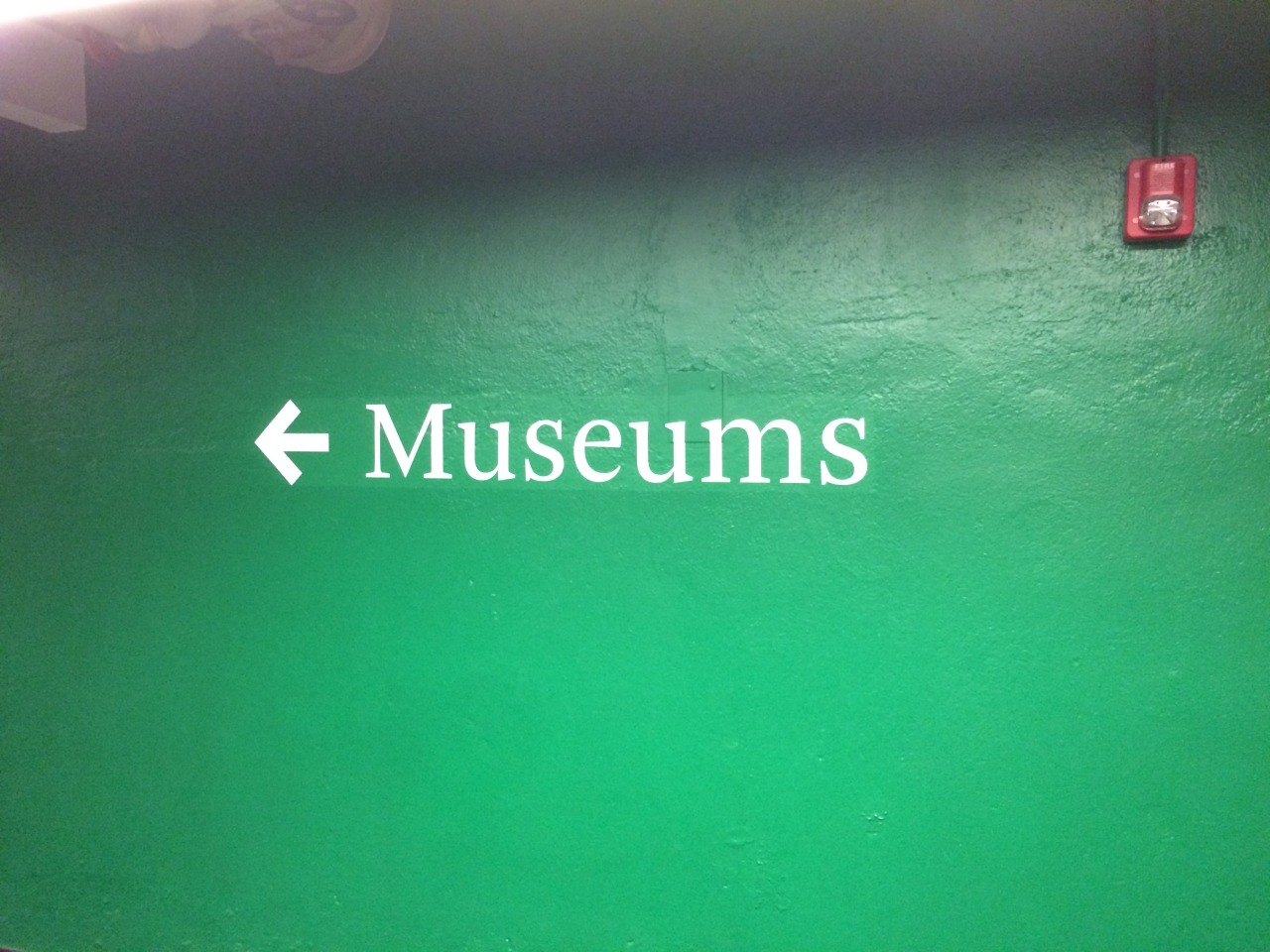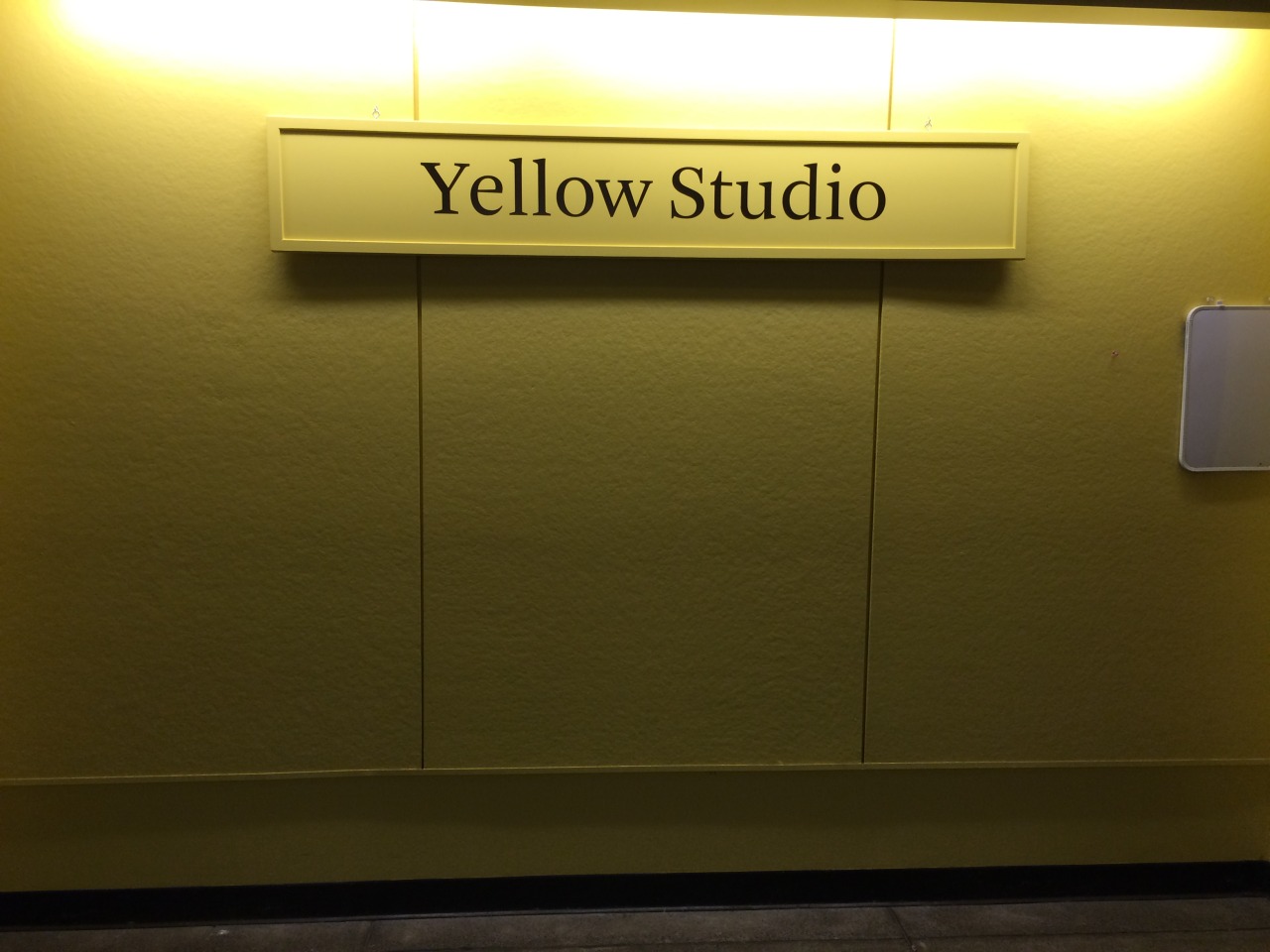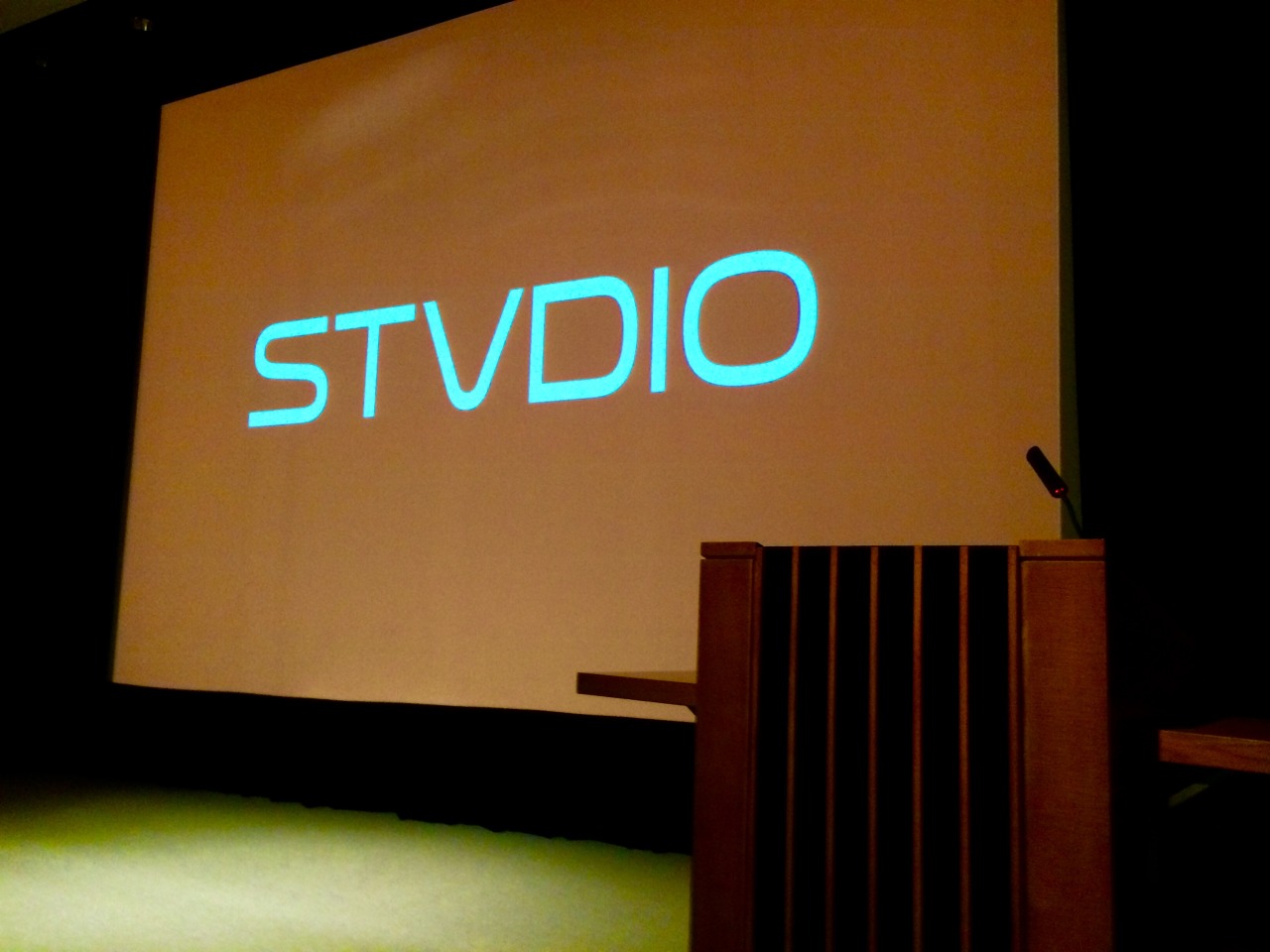In my day-to-day work I’ll join Executive Director Jan Mattsson, Head of Secretariat Henrik Skovby, Project Director Jesper Lindhardt, Project Manager Emil Rostgaard Schelde, and Project Associates Anders Kjøller-Hansen and Oskar Harmsen. Artist Olafur Eliasson has played a key role in developing the creative concept for the institution, and many other remarkable people are contributing their time and expertise to the project.
My primary responsibility for the next six months will be to help pull all of this expertise and creativity together, broaden the network of contributors, and refine the overarching scope and vision for the institution.
My working title will be Associate Director / Head of Digital, UN Live Museum. The project team is based in Copenhagen but I’ll stay on the East Coast of the USA for now.
UN Live is in its early phases, but Jan, Henrik, Jesper, Olafur and the rest of the team and community have done a jaw-droppingly spectacular job in bringing this concept from nothing to something tangible, inspiring, and worthy in a very short amount of time. I can only hope to do justice to their vision.







